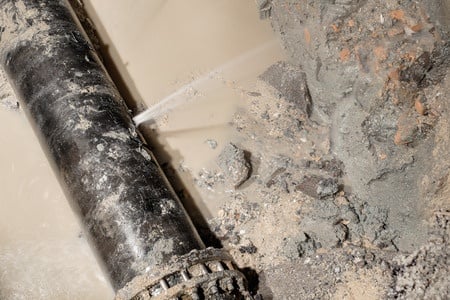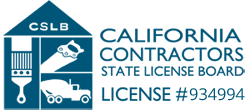
Being aware of leaks in homes can save both time and money. Small leaks might seem trivial at first, but they can result in significant damage over time if left unattended. Understanding how to detect these leaks before they escalate is beneficial for any homeowner.
Leaks may lead to structural damage, increase your utility bills, and reduce the overall comfort of your living space. By knowing the telltale signs of leaks and taking prompt action, homeowners can preserve their property and avoid costly repairs. Let’s explore some common indicators of leaks to keep your home safe.
Common Signs of Leaks
Detecting leaks early is crucial for maintaining a healthy home environment. Here are some visual and subtle signs to watch for:
– Water Stains and Discoloration: Check your ceilings, walls, and floors for any unusual stains or discoloration. These can indicate water seeping through places where it shouldn’t be.
– Mold and Mildew: The presence of mold or a musty smell is a clear red flag. Mold thrives in moist environments, so if you spot it growing, there is likely a leak nearby.
– Unexplained Spikes in Water Bills: A sudden increase in your water bill without an increase in usage could point to an undetected leak. It’s wise to compare your bills over a few months to spot any unusual patterns.
– Reduced Water Pressure: If you notice a drop in water pressure, it might be due to a leak in the plumbing lines. This is particularly common in older homes where pipes may have corroded or cracked over time.
Recognizing these signs early on can help prevent more substantial problems in the future. Regular checks and being observant can go a long way in protecting your home.
Tools and Techniques for Leak Detection
When it comes to finding leaks, having the right tools and understanding how to use them can make all the difference. Homeowners can use simple gadgets that are both affordable and easy to operate. For instance, moisture meters help detect dampness in walls and floors, which might not be immediately visible to the naked eye. These handy devices can give an early warning about potential leaks before they cause serious damage.
Thermal cameras are another great tool for detection. They visualize temperature variations behind walls, under floors, or above ceilings, indicating where hidden water might lurk. While these gadgets require a bit more investment, they provide an extra layer of security in preventing leak-related nightmares.
If the gadgets aren’t revealing enough, professional leak detection methods are the way to go. Acoustic listening devices, which pick up the sound of water escaping your pipes, can pinpoint the source of a leak with high accuracy. Infrared technology also provides a detailed look at moisture behind solid surfaces without the need for invasive inspection. These professional techniques can ensure issues are uncovered and fixed efficiently.
Areas at High Risk for Leaks
Some parts of your home are more prone to leaks. Being proactive in these areas can save you from headaches down the road:
– Kitchen and Bathroom Plumbing: With various pipes carrying water to sinks, toilets, and appliances, it’s no surprise these places often see leaks. Regularly checking under sinks and around toilets can catch problems early.
– Roof and Ceiling Areas: Roof leaks might surface after heavy rain or if your roof has aged. It’s helpful to inspect your attic and ceilings for any spots where water may have seeped through.
– Basement and Foundation: Since basements are usually below ground level, they’re susceptible to water seeping in, especially after storms. Keep an eye on the walls and floors for any telltale signs of moisture.
Steps to Take When a Leak is Detected
Finding a leak is just the start; acting quickly is crucial to minimize damage. Once you spot a leak, start by shutting off the water source. This prevents additional water from worsening the situation. Afterward, dry any affected areas as best as you can to prevent mold from taking root.
At this point, it’s a good idea to reach out to a damage restoration service. They can assess the situation thoroughly and handle any necessary repairs to keep your home sound and secure. While it might be tempting to tackle fixes yourself, experts ensure everything is addressed effectively and safely.
Preserving Your Home’s Integrity
Leak prevention involves regular checks and swift responses to any issues. Scheduling routine inspections helps catch minor problems before they escalate into major repairs. Consistent maintenance also prolongs the life of your plumbing and enhances your home’s resilience against leaks.
Taking time to inspect vulnerable areas regularly can reduce the chances of unexpected surprises. In turn, this protects the structural integrity of your home and preserves its value. Opting for professional maintenance ensures thorough checks, reducing your chances of facing the challenges of leaks.
Remember that recognizing signs of leaking early can save you from costly repairs. With a proactive approach and efficient detection strategies, you’re better equipped to keep your home dry and comfortable.
Protecting your home from the nuisance of leaks starts with early detection and timely action. If you’ve spotted any signs of water trouble or suspect a hidden leak, now is the time to act. Opt for a professional damage restoration service to handle things effectively. Restoration Masters is ready to ensure your Los Angeles home remains safe, dry, and comfortable.





